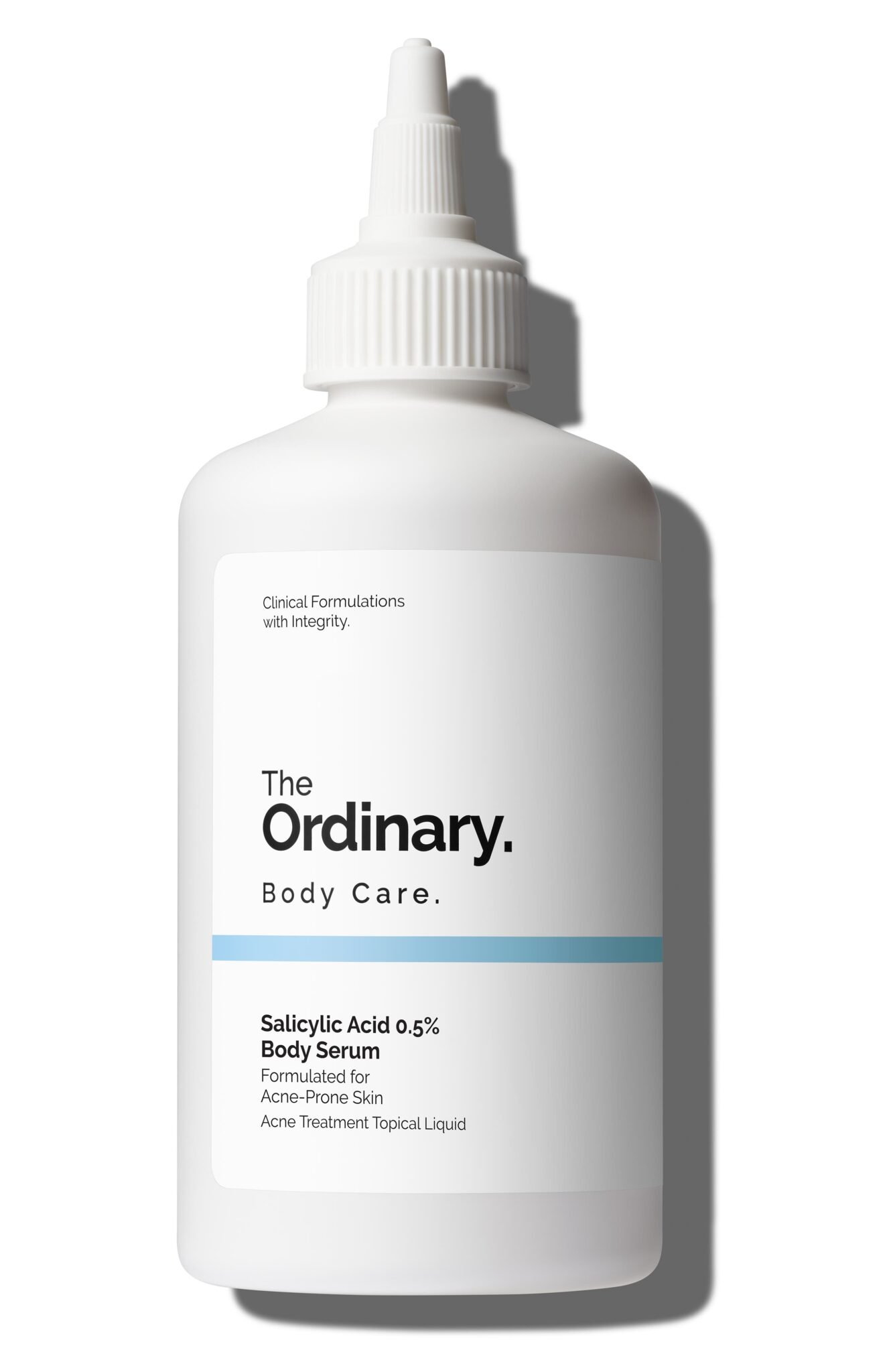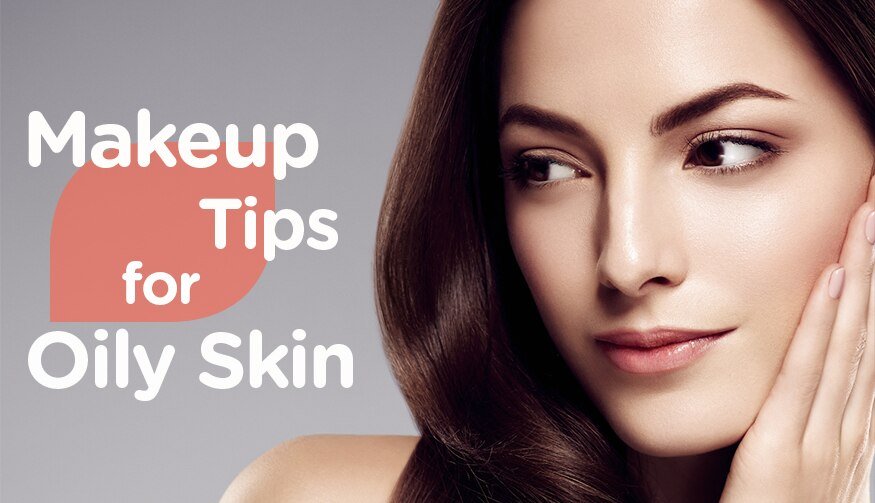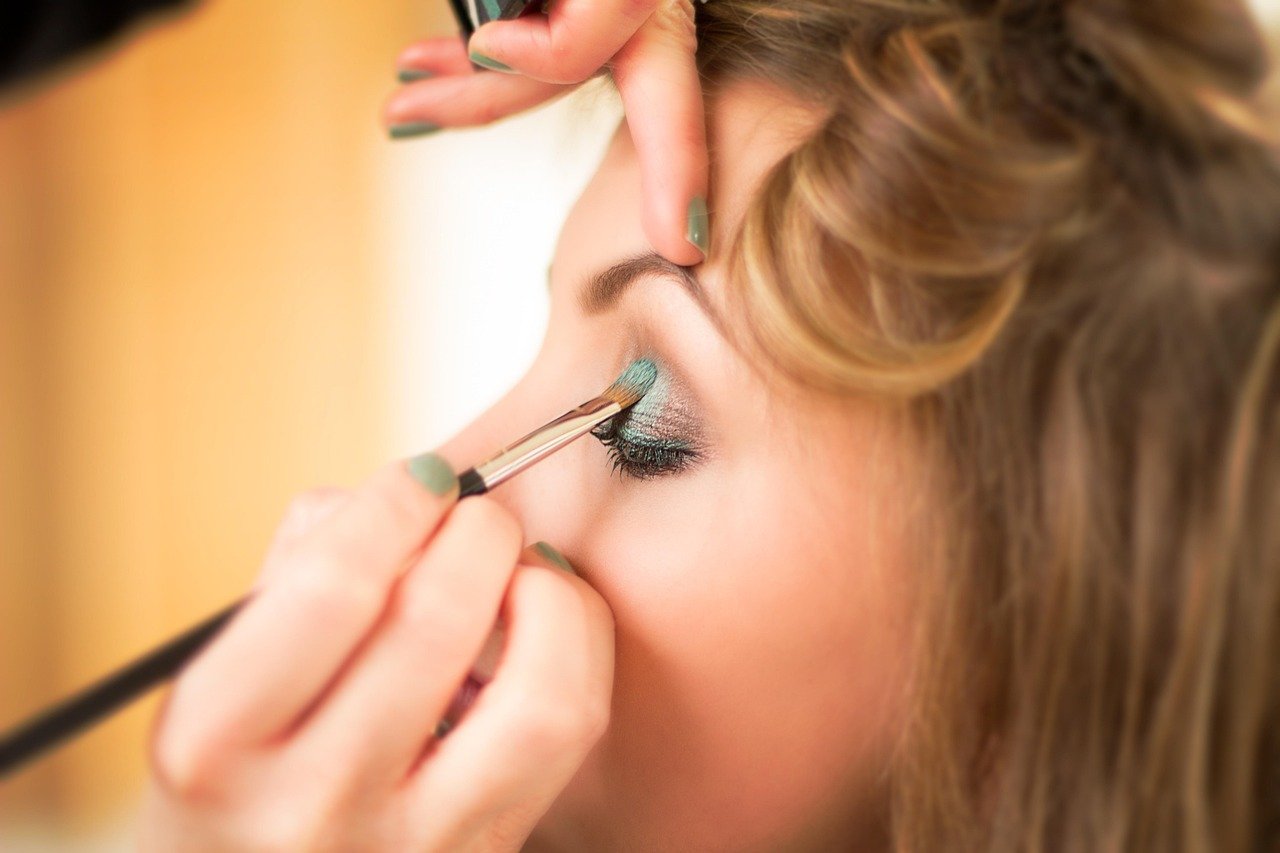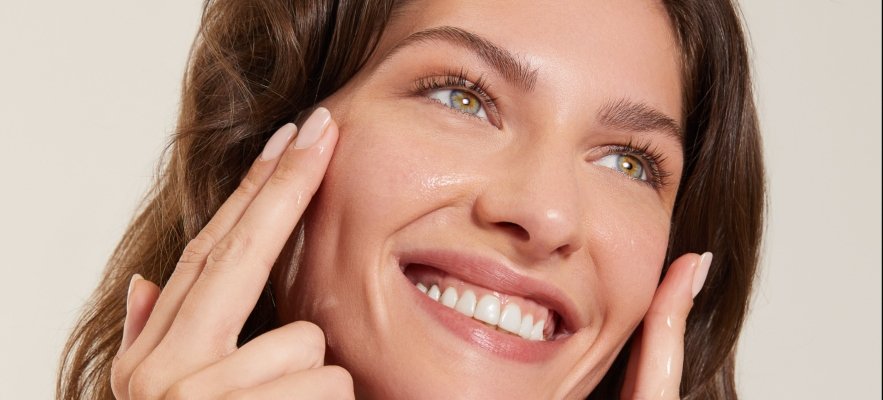The concept of beauty is universal, yet it includes more than just appearances. Beauty is complex and deeply personal, ranging from the glow of inner character to the creativity expressed through art. By exploring a complete guide to beauty categories, we can better understand and appreciate the many dimensions in which beauty reveals itself. These include physical beauty, inner beauty, natural beauty, artistic beauty, cultural beauty, and the simple charm of everyday beauty. Gaining insight through this comprehensive beauty classification allows us to recognize the richness of beauty both around us and within ourselves.

Table Of Contents
1. Physical Beauty
2. Inner Beauty
- Kindness and Compassion
- Confidence and Self-Worth
- Integrity and Character
3. Natural Beauty
- In Nature
- In Human
4. Cultural and Symbolic Beauty
- cultural Ideals
- Traditional Expressions
- Spiritual and Ritual Beauty
Outer Beauty
Frequently, the first thing that comes to mind is physical attractiveness. Although it may be shallow the attractiveness of someone’s appearance has a major effect on relations with others and first reactions.
1. Face
Visual beauty can often be measured by balance, defined features, sparkling eyes, and clear skin. Even while social customs vary, some qualities like expression and proportionality are globally appreciated. A confident look or honest smile may increase face beauty much beyond perfect features.
2. Features
This contains a person’s features, including their shape, posture, and movement. Balance, calmly, and fitness all play an important part. Furthermore, body beauty is about someone’s strength, health, and natural moving inside their own body, not about matching into a certain ideal.
3. Grooming and Hygiene
Grooming enhances physical beauty in spite of your basic features. Fresh breath, clean hair, manicures, and proper hygiene all show self-care and respect for others. Being presentable is about being attentive, not about being rich. It across cultures and change over time, certain aspects such as clear skin, symmetrical facial features, healthy hair, and a fit body are commonly associated with physical attractiveness, confidence and strength.

Inner Beauty
While physical beauty may initially catch the eye, ultimately, inner beauty is what truly holds attention. This is because it reflects who we are on the inside—our thoughts, values, emotions, and the way we connect with others. Therefore, in any complete guide to beauty categories, inner beauty remains the most timeless and meaningful type of beauty
Kindness and Compassion
Firstly, kindness and compassion play a crucial role. There is a unique warmth in people who are kind, empathetic, and compassionate. Importantly, these qualities can’t be manufactured—they are deeply felt. As a result, kindness leaves a lasting impression and fosters a sense of safety, trust, and love in relationships. In fact, in the world of beauty, emotional intelligence and genuine care are the unseen features that shine the brightest.
Confidence and Self-Worth
Moreover, confidence and self-worth are essential. True inner beauty is rooted in confidence. When individuals have a strong sense of self-worth and do not seek validation from others, they exude a natural strength and authenticity. Consequently, this inner assurance often translates into outer charm, making confidence a key component in any beauty category breakdown.
Integrity and Character
Finally, integrity and character complete the picture. Character traits like honesty, humility, and resilience form the foundation of inner beauty. These qualities, in turn, influence how we treat others, respond to life’s challenges, and conduct ourselves in everyday interactions. Thus, inner beauty thrives on sincerity and strength of character—traits that never fade with time

Natural Beauty
Natural beauty honours things in their pure, unaltered form—free from artificial enhancements or accessories. It can be found both in the natural world and in people who embrace their authentic selves. As part of a complete guide to beauty categories, natural beauty stands out for its raw, effortless charm.
In Nature
The beauty of the natural world is breath-taking—from a mountain range glowing at sunset to a quiet flower blooming in spring. These moments remind us of the planet’s creativity, resilience, and unfiltered brilliance. Nature shows that beauty doesn’t need to be perfect to be powerful.
In Humans
In people, natural beauty refers to appearance without cosmetics, filters, or cosmetic alterations. It’s about embracing your unique features—whether that’s birthmarks, freckles, skin tone, or scars—and recognizing them as important parts of your identity. This kind of beauty isn’t about fitting in; it’s about being comfortable in your own skin.
Natural beauty also goes beyond appearance. It includes genuine behaviour and self-expression, being true to oneself without bowing to social expectations. In the broader context of a beauty category breakdown, this form of beauty reminds us of the power in vulnerability and authenticity.
Conclusion
Natural beauty teaches us to value what is real—even when it’s imperfect. In a world filled with filters and unrealistic standards, it offers calm, confidence, and a deep appreciation of self-worth. As explored in this comprehensive beauty classification, natural beauty remains one of the most grounding and inspiring forms of beauty.

Cultural and Symbolic Beauty
Beauty is not universal—it is deeply influenced by culture, tradition, and personal experience. What one society finds beautiful, another may not, and that’s what makes cultural and psychological beauty such an important category. As part of a complete guide to beauty categories, cultural beauty reminds us that beauty is incredibly diverse, symbolic, and unique to each community.
Cultural Ideals
Beauty standards vary dramatically across cultures. While some societies admire bold colours and vibrant attire, others value pale skin, minimalism, or specific hairstyles. For instance, long hair may be celebrated in one place, whereas shaved or short hair might represent spirituality or social status in another. By understanding these cultural ideals, we are better able to appreciate beauty in all of its rich and varied expressions.
Traditional Expressions
Moreover, cultural beauty is often conveyed through traditional practices like body art, tattoos, hairstyles, jewellery, and clothing. These aren’t just aesthetic choices rather, they’re powerful symbols of identity, heritage, and personal stories. Within a comprehensive beauty classification, such expressions are deeply meaningful and deserve recognition beyond surface appearance.
Spiritual and Ritual Beauty
Whether it’s the colour used in prayers, the design of temples, or the design of holy art, beauty frequently connects with rituals, symbolism, and religions.
Conclusion: Cultural beauty gives us a reminder that beauty is understood, valued, and celebrated in place rather than just being looked.
Physical, inner, natural, artistic, cultural, and everyday are the main categories of beauty, which show that beauty is a variety rather than one feature. It lives in our hearts and faces, in the art we produce, and in the cultures we honour.
Knowing these categories allows us to recognise deeper, wider, and varied concepts of beauty in a society that often promotes limited ideals. The most important factor is realising that everyone is beautiful, no mater whether you discover beauty in the mirror, in music, or in your daily routine.

FAQ’S
What are the main categories of beauty?
Beauty includes Physical, Inner, Natural, Artistic, Cultural, and Everyday Beauty—each offering unique ways to appreciate beauty.
What’s the difference between inner and physical beauty?
Physical beauty is about appearance, while inner beauty reflects traits like kindness, empathy, and confidence.
Why is inner beauty important?
Though physical beauty draws attention, inner beauty builds lasting connections and emotional depth.
Is beauty the same across cultures?
No. Beauty varies by culture, shaped by values, traditions, and rituals.
What’s the difference between physical and natural beauty?
Physical beauty may involve enhancements; natural beauty values authenticity and minimal alteration.
What is artistic beauty?
It comes from creative expressions like art, music, and design that inspire emotion.
How does fashion relate to beauty?
Fashion reflects identity and creativity, making it a powerful beauty form.
Can everyday moments be beautiful?
Yes—simple joys like smiles or nature hold deep beauty.
Why understand different beauty types?
It fosters self-love, inclusivity, and challenges narrow ideals.
How to enhance your beauty?
Practice self-love, embrace your natural self, and surround yourself with positivity.




